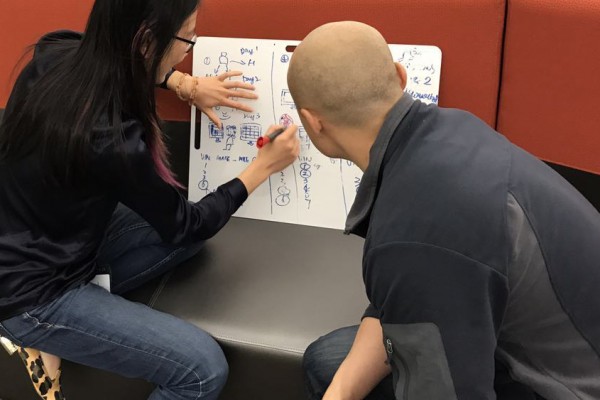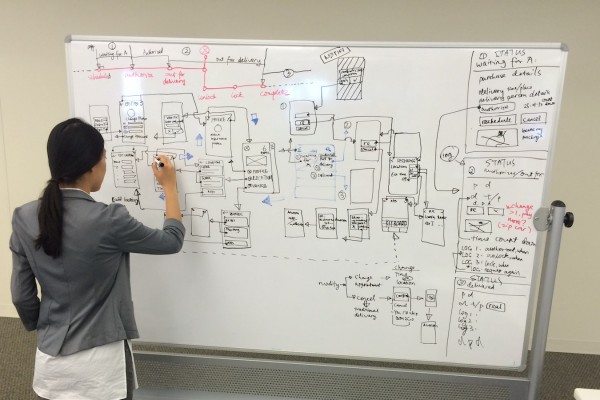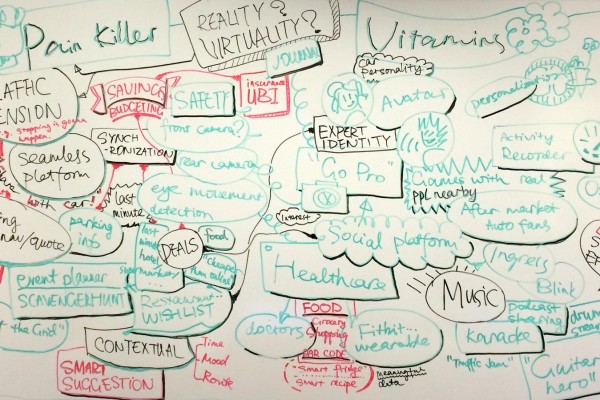It is well-known that consumers lack trust in car dealerships and are annoyed by all the marketing emails and calls. Dealerships need a better way to identify potential leads for vehicle servicing and a more trustworthy way to engage with their customers. How might we increase consumer’s trust on dealerships? What if we provide a transparent and intuitive consumer-facing application to explain what is happening under the hood for the consumers? What if dealerships have a tool to understand their customers better with vehicle data?
After collaborating with dealership networks, we are trying to solve this pain point by introducing a connected car platform. By adding a small hardware piece into the car, both consumers and car dealerships are able to get data from the car. With a consumer-facing mobile app, the consumers are able to view their car conditions and get recommendation on how to improve car performance and driving skills. With a web portal, the dealerships are able to view their customers’ car conditions and provide predictive maintenance for their consumers.


















